Exploring the Sacred Spiritual Meanings of Circles
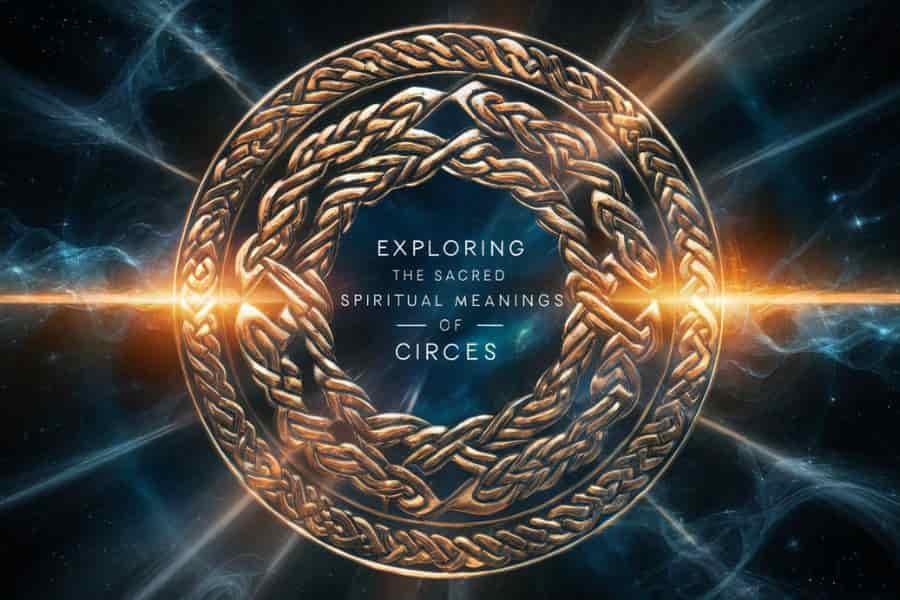
Circles are everywhere. From the sun and moon to the rings we wear, they surround us. But what do they mean spiritually? Circles hold deep spiritual significance. They symbolize unity, wholeness, and eternity. Understanding their meaning can enrich our spiritual journey.
The Spiritual Meaning of Circles
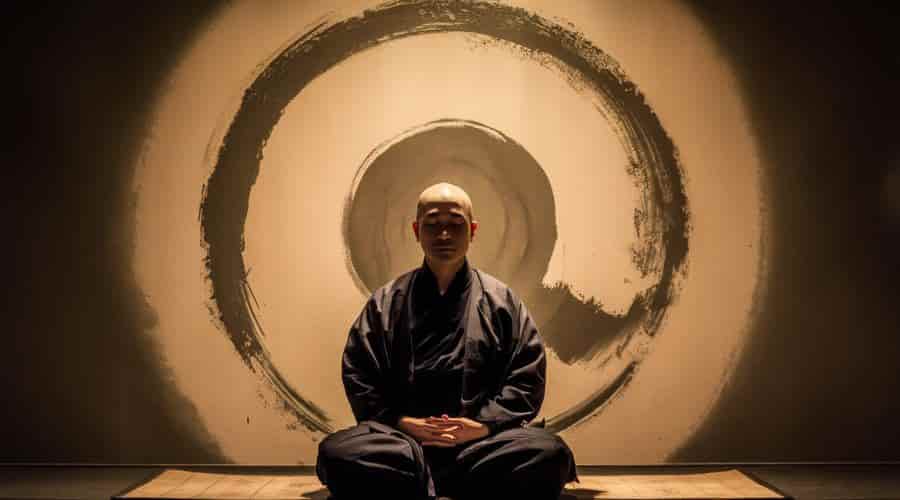
Circles are more than just shapes. They are powerful symbols in many cultures and spiritual practices. A circle has no beginning or end. This makes it a perfect symbol for eternity and infinity. It represents the idea that life is a continuous cycle.
In ancient times, circles were used in rituals and ceremonies. They were seen as sacred spaces that connected the physical and spiritual worlds. People believed that standing in a circle could protect them from negative energies.
Basic Symbolism
Circles are rich in symbolism. They bring people together, symbolizing community and togetherness. This unity is seen in various cultural practices where people gather in circles to share stories, perform rituals, or simply connect with one another.
A circle is also complete and unbroken, representing wholeness and perfection. This idea of wholeness is reflected in many spiritual teachings that emphasize the importance of being whole and complete within oneself.
- Unity: Circles bring people together, symbolizing community and togetherness.
- Wholeness: A circle is complete and unbroken, representing wholeness and perfection.
- Eternity: With no start or finish, circles symbolize eternal life and the infinite nature of the universe.
These basic symbols make circles powerful tools in spiritual practices, helping individuals connect with deeper meanings and universal truths.
Historical Context
Ancient civilizations like the Egyptians and Greeks used circles in their spiritual practices. They built circular temples and monuments to honor their gods. These structures were designed to harness spiritual energy and connect with the divine.
Circles in Different Cultures and Religions
Circles hold different meanings in various cultures and religions. They are universal symbols that transcend time and geography. Let’s explore how different traditions interpret the circle.
Native American Symbolism
Native Americans view the circle as a sacred symbol. It represents the cycle of life, death, and rebirth. The medicine wheel, a key symbol in Native American culture, is a circle divided into four parts. Each part represents a different aspect of life, such as the seasons or the elements.
Eastern Traditions
In Eastern traditions, circles are also significant. In Hinduism and Buddhism, mandalas are circular designs that represent the universe. They are used in meditation to help focus the mind and connect with the divine. The Enso, a circle drawn in one stroke, is a symbol in Zen Buddhism. It represents enlightenment, strength, and the beauty of imperfection.
Western Traditions
In Western traditions, circles have various meanings. In Christianity, the halo is a circle of light around the heads of saints and angels. It symbolizes holiness and divine light. Greek mythology also features circles. The Ouroboros, a serpent eating its own tail, is a circular symbol representing the cycle of life and death.
| Culture/Religion | Symbol | Meaning |
|---|---|---|
| Native American | Medicine Wheel | Cycle of life, death, and rebirth |
| Hinduism/Buddhism | Mandala | Universe, meditation focus |
| Zen Buddhism | Enso | Enlightenment, strength, imperfection |
| Christianity | Halo | Holiness, divine light |
| Greek Mythology | Ouroboros | Cycle of life and death |
Unity and Wholeness
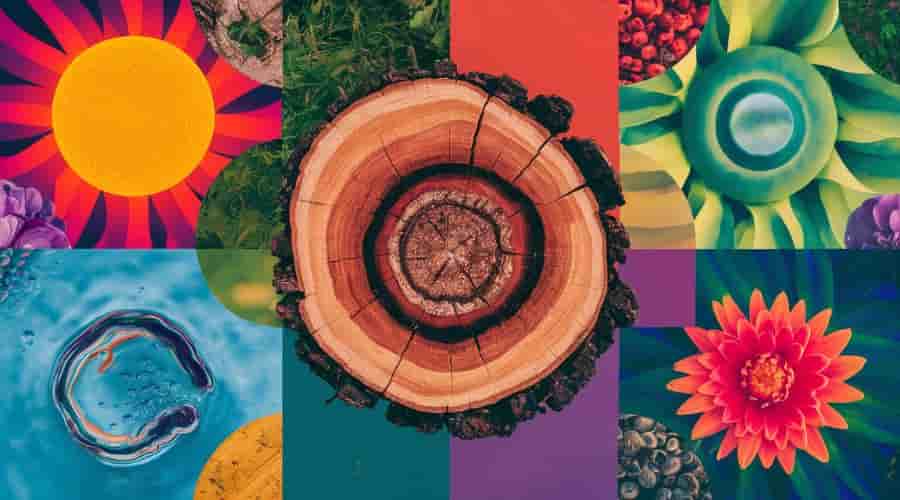
Circles are powerful symbols of unity and wholeness. They bring people together and represent completeness. This section explores how circles embody these concepts in nature and daily life.
Natural Examples
Nature is full of circles. The sun, moon, and planets are all circular. These celestial bodies remind us of the universe’s unity. Water droplets, tree rings, and flower petals also form circles. These natural examples show how circles represent the interconnectedness of life.
Daily Life Examples
In our daily lives, circles are everywhere. Wedding rings symbolize eternal love and commitment. Family circles represent the bond between relatives. Social circles connect friends and communities. These examples highlight how circles bring people together and create a sense of belonging.
| Example | Description |
|---|---|
| Sun and Moon | Celestial bodies representing unity |
| Water Droplets | Natural circular shapes |
| Wedding Rings | Symbols of eternal love |
| Family Circles | Bonds between relatives |
| Social Circles | Connections among friends and communities |
The Cycle of Life
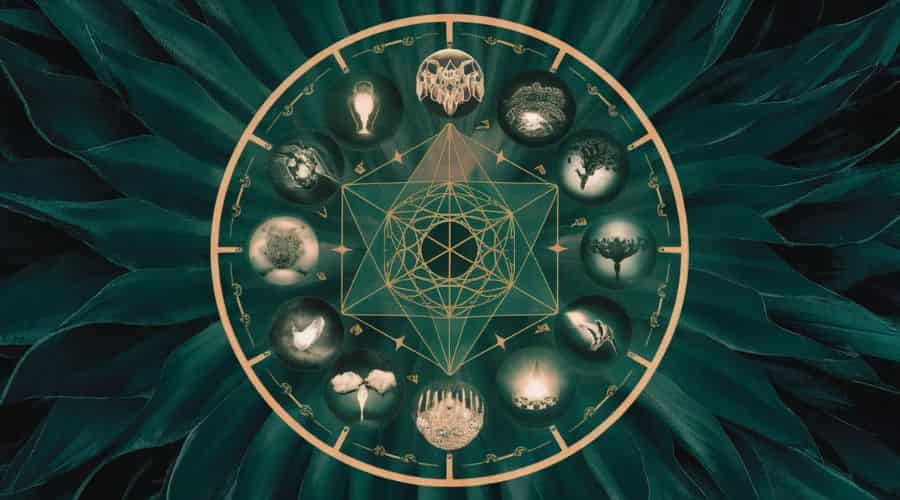
Circles also symbolize the cycle of life. They represent birth, life, death, and rebirth. This section delves into how different cultures interpret this cycle.
Birth and Rebirth
The circle of life concept is universal. It shows that life is a continuous cycle. Birth leads to life, which eventually leads to death. But death is not the end. It leads to rebirth, starting the cycle anew. This idea is present in many cultures and spiritual beliefs.
Cultural Interpretations
Different cultures have unique interpretations of the life cycle. Native Americans see the circle as a symbol of the interconnectedness of all life. They believe that everything is part of a larger whole. Eastern philosophies, like Hinduism and Buddhism, teach reincarnation. They believe that after death, the soul is reborn in a new body. This cycle continues until the soul reaches enlightenment.
| Culture/Philosophy | Interpretation of Life Cycle |
|---|---|
| Native American | Interconnectedness of all life |
| Hinduism | Reincarnation until enlightenment |
| Buddhism | Cycle of birth, death, and rebirth |
Eternity and Infinity
Circles are symbols of eternity and infinity. They have no beginning or end, making them perfect representations of these concepts. This section explores the spiritual teachings on eternity and how circles embody these ideas.
The Concept of Endlessness
Circles symbolize endlessness. They remind us that life and the universe are infinite. This idea is comforting to many people. It suggests that there is no true end, only continuous existence. This concept is present in many spiritual teachings.
Spiritual Teachings on Eternity
Many spiritual traditions teach about eternity. In Christianity, the circle represents God’s eternal nature. God has no beginning or end, just like a circle. This symbolizes the infinite and everlasting presence of the divine.
In Hinduism, the circle symbolizes the eternal cycle of life, death, and rebirth. This cycle, known as samsara, continues until the soul reaches moksha, or liberation. Moksha is the ultimate goal, where the soul is freed from the cycle of rebirth and unites with the divine.
Buddhism also teaches about eternity through the concept of samsara. The endless cycle of birth, death, and rebirth continues until one achieves enlightenment. Enlightenment, or Nirvana, is the state where the soul is liberated from the cycle of suffering and attains eternal peace.
- Christianity: The circle represents God’s eternal nature, symbolizing the infinite and everlasting presence of the divine.
- Hinduism: The circle symbolizes the eternal cycle of life, death, and rebirth, continuing until the soul reaches moksha, or liberation.
- Buddhism: The endless cycle of samsara, where birth, death, and rebirth continue until one achieves enlightenment and attains eternal peace.
These teachings highlight the profound spiritual significance of circles, emphasizing the concepts of eternity and the infinite nature of existence.
Sacred Geometry and Circles
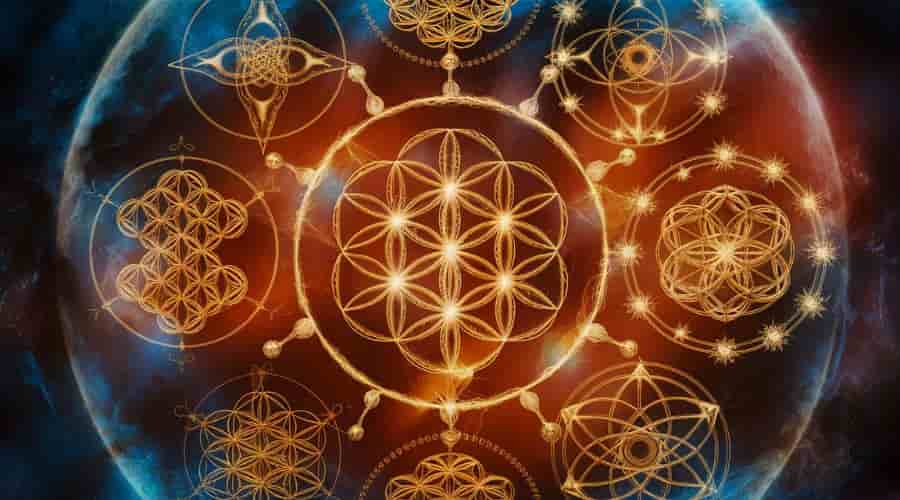
Sacred geometry is the study of shapes and patterns that have spiritual significance. Circles play a crucial role in this field. They are seen as the building blocks of the universe. This section explores the role of circles in sacred geometry and provides examples of sacred geometric patterns.
The Role of Circles in Sacred Geometry
Circles are fundamental in sacred geometry. They represent the infinite and the divine. Many sacred geometric patterns start with a circle. This shape is used to create complex designs that symbolize the universe and its creation. The circle’s perfection and symmetry make it a powerful symbol in spiritual practices.
Examples of Sacred Geometric Patterns
Sacred geometric patterns often start with circles and hold deep spiritual meanings. Here are some key examples:
- Flower of Life: This intricate pattern consists of multiple overlapping circles. It is one of the most recognized symbols in sacred geometry. The Flower of Life represents the interconnectedness of all life and the unity of everything in the universe. Each circle overlaps to form a flower-like design, symbolizing the cycle of creation and the fundamental forms of space and time.
- Vesica Piscis: This shape is formed by two overlapping circles, creating an almond-like shape in the center. The Vesica Piscis symbolizes the intersection of the spiritual and physical worlds. It is often used to represent duality and balance, such as the balance between male and female energies, or the connection between heaven and earth. This shape is also seen as a symbol of creation and the birth of new ideas.
- Seed of Life: Comprising a series of seven circles that overlap to form a flower-like pattern, the Seed of Life represents the seven days of creation. Each circle corresponds to a day in the creation story, symbolizing the process of creation and the unfolding of life. This pattern is often used in meditation and spiritual practices to connect with the divine and understand the process of creation.
These patterns are used in various spiritual practices. They help people connect with the divine and understand the universe’s mysteries. By meditating on these shapes or incorporating them into rituals, individuals can gain deeper insights into the nature of existence and their place within the cosmos.
Circles in Meditation and Rituals
Circles are often used in meditation and rituals. They create sacred spaces and help focus the mind. This section explores how circles are used in these practices and their benefits.
Meditation Practices
Circles are used in meditation to create a sense of balance and harmony. Mandalas, which are circular designs, are popular meditation tools. They help focus the mind and promote inner peace. Drawing or coloring mandalas can be a meditative practice. It allows individuals to connect with their inner selves and the universe.
Ritual Uses
Circles are also used in various rituals. In witchcraft, practitioners cast circles to create sacred spaces. These circles protect them from negative energies and help them connect with the spiritual realm. Prayer circles are another example. People gather in a circle to pray and support each other. This practice strengthens their spiritual connection and sense of community.
Using circles in meditation offers several benefits:
- They help focus the mind during meditation.
- Circles create a sense of balance and harmony.
- They protect against negative energies in rituals.
- Circles enhance spiritual connections and community bonds.
These qualities make circles powerful tools in both personal and communal spiritual practices.
Practical Applications
Incorporating circles into daily spiritual practices can be beneficial. This section provides tips on how to do this and shares personal experiences and testimonials.
Tips for Incorporating Circles into Daily Practices
Incorporating circles into your daily spiritual practices can be both simple and profound. Here are some practical tips to help you get started:
Using mandalas for meditation can be a powerful way to focus your mind. Drawing or coloring mandalas allows you to connect with your inner self and the universe. This practice can bring a sense of peace and balance to your daily life.
Creating sacred spaces with circles is another effective method. Use stones or candles to form a circle in your home or garden. This space can serve as a sanctuary for meditation, prayer, or reflection. The circular arrangement helps to create a sense of protection and sacredness.
Wearing circular jewelry, like rings or pendants, can serve as a constant reminder of unity and eternity. These pieces can be both beautiful and meaningful, helping you stay connected to your spiritual beliefs throughout the day.
Including circles in your artwork is a creative way to express your spirituality. Paint or draw circles to symbolize wholeness and infinity. This artistic practice can be a form of meditation in itself, allowing you to explore and express your spiritual journey.
- Mandalas: Use mandalas for meditation. Draw or color them to focus your mind.
- Sacred Spaces: Create sacred spaces with circles. Use stones or candles to form a circle.
- Jewelry: Wear circular jewelry, like rings or pendants, to remind you of unity and eternity.
- Art: Include circles in your artwork. Paint or draw them to express your spirituality.
These tips can help you incorporate the powerful symbolism of circles into your daily life, enhancing your spiritual practices and deepening your connection to the divine.
Personal Experiences and Testimonials
Many people have found circles to be powerful spiritual tools. One person shared how drawing mandalas helped them find inner peace. Another described how creating a circle of stones in their garden brought them closer to nature. These personal stories highlight the impact of circles on spiritual practices.
There are several ways to incorporate circles into daily practices:
- Use mandalas for meditation: Drawing or coloring mandalas can help focus the mind and promote relaxation.
- Create sacred spaces with circles: Arrange stones or candles in a circular pattern to provide a sense of protection and tranquility.
- Wear circular jewelry: Rings or pendants can serve as constant reminders of unity and eternity.
- Include circles in your artwork: Paint or draw circles to express your spirituality creatively.
These practices can enhance your spiritual journey and deepen your connection to the divine.
Circles are powerful symbols in spirituality. They represent unity, wholeness, and eternity. Understanding their meanings can deepen our spiritual practices. Circles remind us of the interconnectedness of all life and the infinite nature of the universe. By incorporating circles into our daily practices, we can enhance our spiritual journey and connect with the divine.
Sources:
